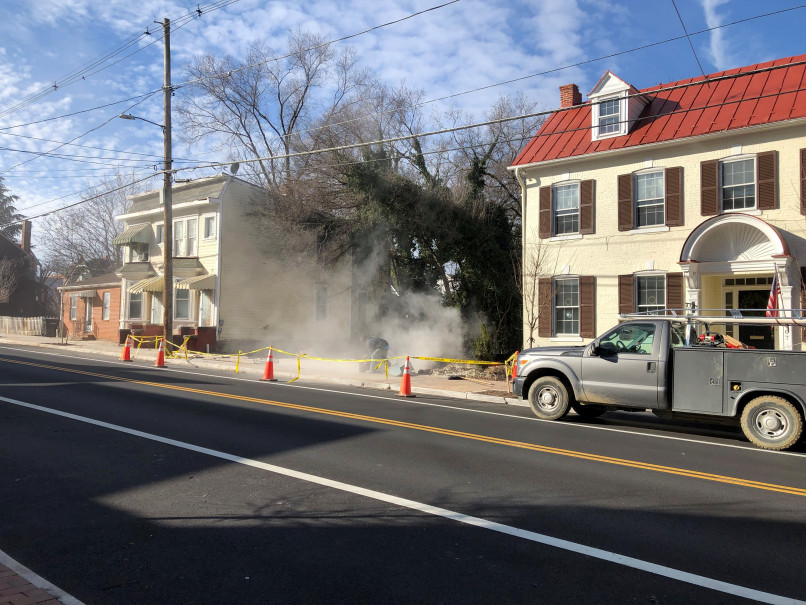As PHW is an education and advocacy organization, the PHW board of directors took a deep dive into the matter and unanimously decided to advocate in favor of the BAR decision. Here’s a copy of the letter that was sent to City Council on the matter. We also had this letter published as an Open Forum piece in the Winchester Star.
We want to make sure our membership is aware that we are committed to safeguarding the architectural heritage of our community. We also encourage you to speak up — if you feel compelled to do so — at the City Council Meeting on Tuesday, Oct. 28 at 6 p.m.
Letter to Winchester City Council:
City Council
City of Winchester, Virginia
Rouss City Hall
15 North Cameron Street
Winchester, VA 22601
Oct. 22, 2025
City of Winchester City Council:
Preservation of Historic Winchester (PHW) is an entity dedicated to preserving the history and architecture of Winchester. In light of the Board of Architectural Review’s recent denial of a Certificate of Appropriateness for a mural spanning the entire upper-level width of two South Loudoun Street properties, we would like to address recent discussion about the appropriateness of murals on primary building facades within the downtown Historic District.
While we are genuinely encouraged by the efforts of Friends of Old Town to bring public art, literacy awareness, and a general sense of liveliness to the Primary Historic District, the effort to promote art should not be at the expense of the architecture of Old Town Winchester.
PHW supports the incorporation of art into the fabric of Old Town, when done appropriately, and the Winchester Historic District Design Guidelines reflect this notion, stating that “Wall murals should not be discouraged but should be carefully reviewed for compatibility with the district character.”
It is the opinion of the PHW Board that the placement of the mural central to this particular application is incompatible with the district character as defined by the guidelines in place. These state that “…exterior alterations…shall be compatible with the massing, size, scale, and architectural features to protect the historic integrity of the property and its environment,” that new elements shall be designed in ways “…that respect the character, materials, and design of the building”, and that “…the historic character of a property shall be retained and preserved.”
The mural in this particular application is not appropriately scaled, as it extends across the entire upper-level front facade (primary elevation) of two separately constructed buildings. A mural of this size and scale would not only visually obscure the distinction between the two separate structures, it would effectively draw attention away from many of the character-defining features of both buildings, and interrupt the otherwise familiar rhythm of the upper-level windows.
PHW supports the BAR’s denial of a Certificate of Appropriateness for this mural, as the City’s adopted language paints a clear picture in its guidelines for appropriately incorporating artwork within the Historic District.
The BAR has already approved several murals and PHW would love to see more art successfully incorporated into the fabric of the City’s Historic District in compatible ways that do not compromise or confuse visitors and locals alike as to character-defining architectural components of a building. We encourage collaborative examination of the guidelines for ways to better clarify this language. Resources are available from comparable historic districts that can serve as references in addressing murals within historic districts. PHW would be happy to provide assistance with suggestions for appropriate criteria as well.
We are available as a resource for the City as it considers both this particular application as well as future submittals.
Sincerely,
The Board of Directors
Preservation of Historic Winchester






